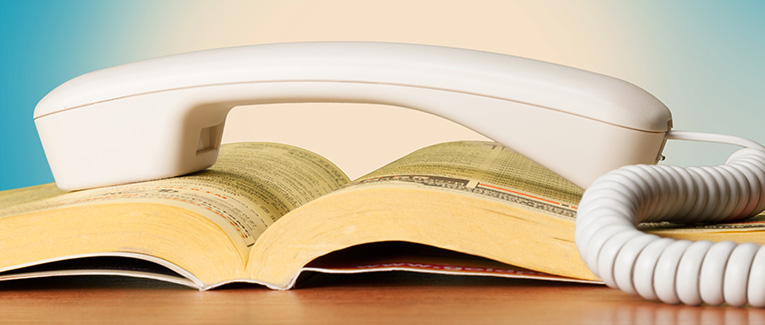
The telephone directory is perhaps the most published book in the world, and one of the most functional.
Would you believe that it was the cutting-edge innovation of the 19th century?
However, if you were born in the latter half of the 1990s or later, you’ve probably never laid hands on a physical copy.
People have gone places, and so has the humble directory. Albeit the niche it holds isn’t going anywhere.
Just so you know, a phone book is the same as a telephone directory. People use the names interchangeably.
The Directory Narrative
The telephone directory came into existence in 1878. A primitive version was printed earlier that year, on February 21. This scrap of cardboard only contained the names of the New Haven District Telephone Company’s first 50 subscribers.
By November, the company published the earliest phone book, mentioning its 391 subscribers. Additionally, the 40-page book had advertisements, commercial listings, and guidelines for using a phone, as well as speaking to operators.
Telecommunication networks have printed countless iterations of the book since. Now, they include the full name, telephone number, and address of residents and neighborhood businesses.
Names are cataloged by alphabet, accompanied by their 10-digit landline number, and categorized by location. You can learn about international dialing codes and how to use them. Emergency helpline numbers for hospitals, police, and rescue services can be found, too.
Beyond contact information, directories are handy for charting routes with the help of transit maps, identifying stadium seating arrangements, and finding zip codes.
Types and Uses
The three main types of phone books are:
1. White pages
Need to return an umbrella to old Mrs. Smith from three blocks down? Want to book an appointment at the salon your cousin goes to? White pages to the rescue.
The size of the phone book is determined by the metropolitan area’s population size. The number of editions for each city is at the publishers’ discretion. In fact, it was only mandatory to produce yearly white pages until 2013.
2. Yellow pages
The yellow pages is a fully commercialized playing field. It comes along with the white pages, or by itself when the entries exceed one volume’s capacity. This happens in New York, California, and several other states where competition runs high, and storefronts match or outnumber inhabitants.
Yellow pages are an essential promotional tool, especially for small and medium organizations. The multibillion-dollar industries in the U.S. are fueled by advertisements and prime listing spots on a page.
The viable commodity that it is, the golden pages is renowned for its tagline “let your fingers do the walking.” It’s a favorite of those aged 55+, who are versed in reading directories like the back of their hands.
3. Grey pages
Otherwise known as reverse telephone directories, grey pages note phone numbers rather than names. This proves to be helpful when you’re trying to find the name that belongs to the number you saved as “Cabbie” from last night, or some similar situation.
4. Blue pages
The last and least-used kind of directory is the blue pages. It is an index of U.S. federal departments and institutions, divided by state and territory.
Each of these are available as digital directories as well. The Library of Congress and National Archives maintain official records. Third-party information providers have also made searching online easy.
How to Get One – and Why
You’re entitled to a complimentary copy of the white pages if you have an American landline number. The other option to get a free directory is through the local Chamber of Commerce.
If not, you can order one for your locality online or by phone. You might have an old directory lying around, from which you can get the number to call or website to visit. Alternatively, you can check at grocery stores, or borrow from libraries in your area.
The increasing use of mobile phones and the convenience of online versions have caused many to subscribe to the idea that tangible telephone directories are defunct.
Back in 2012, San Francisco and Seattle attempted to stop the publication of paper directories due to sustainability concerns. But, phone books are still around approximately a decade later.
They are nostalgic for those that grew up with them. Vintage directories are collectibles, auctioned and bought for a few hundred to a few thousand dollars. Art directors and creatives use them as décor.
Their purpose for them sticking around is practical. You get what you’re promised. Few resources are as powerful as the internet, but only when you know exactly what to search for. Directories are a single source for all possible and relevant options. It doesn’t get more straightforward than that.

